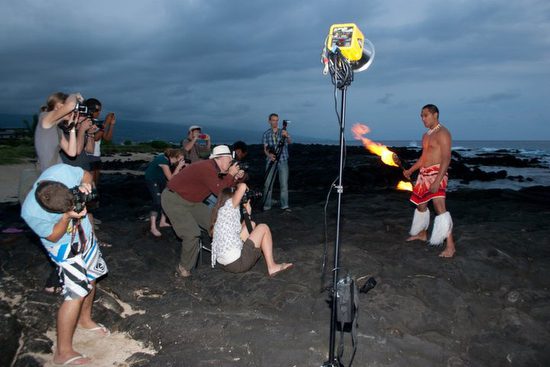Next month I am speaking at Grandfather Mountain’s Camera Clinic. As I was preparing for this, I realized each time I speak I am trying to improve over the time before.
Many years ago Dennis Fahringer asked me to be a guest instructor in the Youth With A Mission Photography School. The very first time I spoke to the group I felt like I was not connecting with the class. By the end of the week teaching I was connecting. If you would like to attend that school Dennis Fahringer created a web page for all your questions here.
What I learned during that first time teaching in Kona, Hawaii were a few things. If you find yourself asked to do public speaking to groups here are some tips that I found have worked for me.
Break your talk up into segments. Think of beginning, middle and end or like chapters of a book.
Example of your work
I believe the very first thing people need to hear and see from me is what I do. This is why I am often asked to speak.
[youtube https://www.youtube.com/watch?v=pMUlWq7EImY]
Create a visual elevator speech. I’m sure you are familiar with the concept of the “elevator speech.” The idea is that — if you are asked what you do for a living or what your company does — you should be able to give a complete, compelling answer in the time it takes to ride an elevator to your destination.
I have many small multimedia presentations and one of those is a 2-minute elevator speech. I like to start with this and then quickly show one of my most recent multimedia presentations to warm up the audience.
This approach helps establish my credentials and why I am speaking to the group on a topic.
[youtube https://www.youtube.com/watch?v=KEgIfIMyrK0]
Your Story
While people are interested in what you do, they are equally interested in your story on how you came to this career.
If you were in the audience you will have noticed that I first had you look at a screen for about 7 minutes showing my work with just a brief setup for the multimedia shows. You will now notice that I have gone to a black screen and now visually shifted your attention from the screen to me talking.
Rather than just telling my story I engage the audience with my story. Since I am usually talking to adults, I tell the group how I didn’t talk at all until I was three years old and this was a major concern for my parents. I ask them what this often means about a child. Usually someone in the audience knows the answer—I most likely am autistic.
Autism is a disorder of neural development characterized by impaired social interaction and verbal and non-verbal communication, and by restricted, repetitive or stereotyped behavior. The diagnostic criteria require that symptoms become apparent before a child is three years old.
—Wikipedia
I then share how ironic it is that someone with autism is a professional communicator. After a few comments on how I still have some quirks in my personality due to autism I find the audience is much more sympathetic and appreciative that I have been so open.
This takes about seven minutes to share.
My topic
I try my best to keep my core presentation to 18 minutes. Why? Well I think the TED talks format seems to resonate right now with most audiences.
TED curator Chris Anderson says:
It’s long enough to be serious and short enough to hold people’s attention. It turns out that this length also works incredibly well online. It’s the length of a coffee break. So, you watch a great talk, and forward the link to two or three people. It can go viral, very easily.
The 18-minute length also works much like the way Twitter forces people to be disciplined in what they write. By forcing speakers who are used to going on for 45 minutes to bring it down to 18, you get them to really think about what they want to say. What is the key point they want to communicate? It has a clarifying effect. It brings discipline.
Often this is when I go back to the projector and setup the topic with establishing first there is a problem.
Then I follow it with a solution.
Next step is I establish another problem.
Then I follow it with a solution.
This method is great for moving people through the subject to me showing my problem solving techniques and solutions I have come up with for the problems I see in the industry.
I learned this technique from Nancy Duarte who uncovered the structure of great storytelling.
[youtube https://www.youtube.com/watch?v=1nYFpuc2Umk]
Questions
I try to allow for about 10 minutes of questions at the end of my talks. If no one is asking questions, I go into my Socratic method to get them thinking and ask questions to the audience on the topic.
I hope this helps you when you prepare to give your next speech.
Need a speaker?
Give me a call if you need a speaker for your next event.


